|
The day started overcast, so we decided to do some sightseeing for the day. Off we went for the day to the town of Alcobaça located in Portugal's Oeste subregion. Alcobaca is known for the Mosteiro de Alcobaça, a huge cisterian monastery which is since 1989 a Unesco world heritage site. And when we say huge, we mean huge. After having arrived in Alcobaça, we parked the car close to the monastery. While walking along the R.Dom Pedro V, we got our first impressions of how vast this monastery actually is. At the end of R.Dom Pedro V, we reached the main square where the imposing entrance to the monastery is located. Just when we reached the square, the heavens decided to open up turning the small streets around the square into rivers. After having avoided the worst part of the shower, we crossed the square towards the entrance. We had arrived just after the 9AM opening time, and this had turned out to be a great decision as we were the only souls around. The monastery was founded in the 12th century by King Alfonso I. The monastery is a masterpiece of cisterian gothic art thanks to the fine materials using during it's built. In the church, you'll find the ticket office at the left side when you enter the church doors. One family ticket (€9) later, we entered the "kings room". The room of the kings has a series of 17th to 18th century statues which represent the kings of Portugal. The walls surrounding the room are covered in blue and white tiles that describe the history of the monastery. The kitchen of the monastery is in our eyes one of the most impressive rooms. Covered from top to bottom in tiles, it is the central chimney which takes over most of the room. The massive chimney is supported by eight iron columns. At the back of the kitchen is a basin which diverted water and fish through a special built canal from the river Alcoa. A lot of the rooms are covered by gothic rib vaulting which are supported by many pillars. The cloister of the monastery is one of the largest medieval cisterian cloisters in Europe. While the exterior of Alcobaca is fairly plain, the interior of the monastery is fabulous with all its carved statues around its inner yard . After an amazing visit where we admired the statues and motives, we entered the church again. In the transept of the church are the tombs of King Pedro I and his mistress Ines de Castro. The tombs are ellaborate and are decorated all around. The tombs are the best work of gothic sculpture in Portugal. While walking through the monastery earlier, we had heared some enchanted singing. What we though to be a CD turned out to be Joao Paulo Ferreira of "En Canto Countertenors". Earlier, he had been singing in the monastery, but had moved to a little quaint street of the main square.
1 Comment
|
�
About the AuthorWe are Peter & Dolores De Bie. We love the great outdoors, discovering new parts of the world and writing about our adventures along the Wild Atlantic Way and further afield Categories
All
|
Contact us |
Where are our visitors from |
copyright © 2024 www.outdoorfitnesssligo.com
©Website design by Outdoor Fitness Sligo
©Website design by Outdoor Fitness Sligo



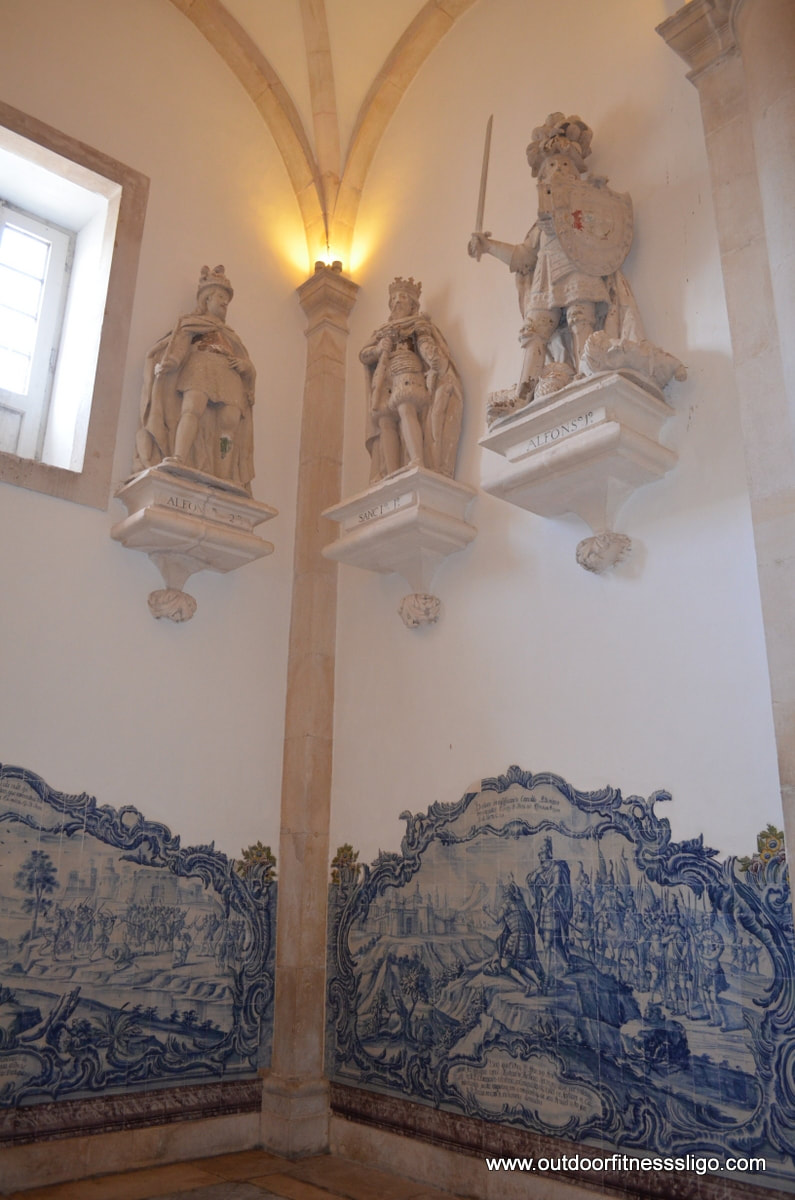

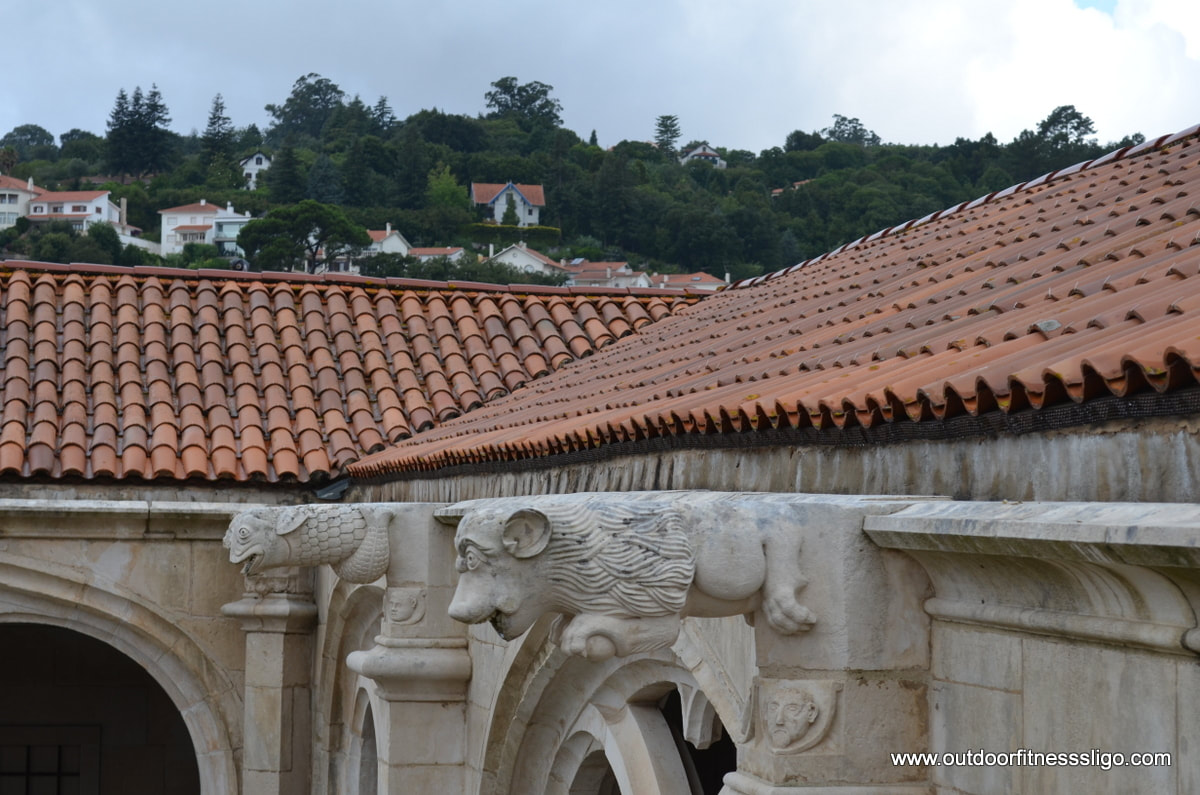

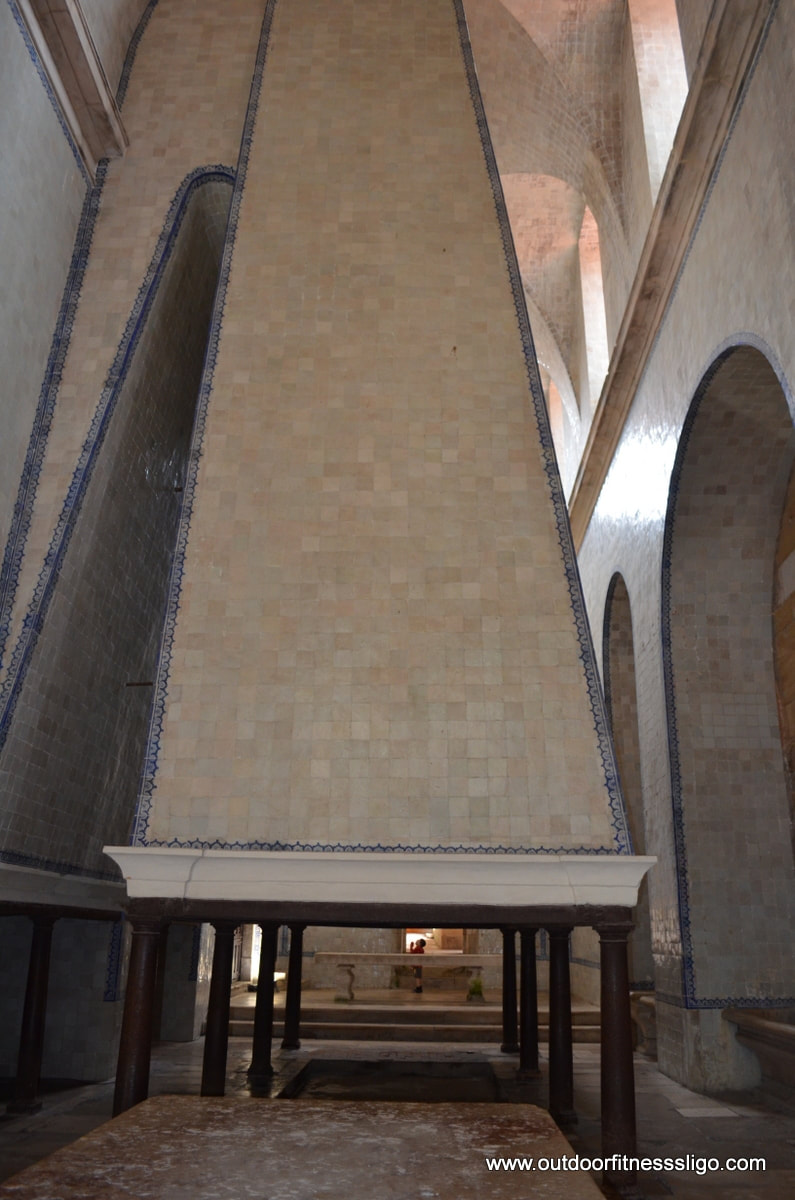



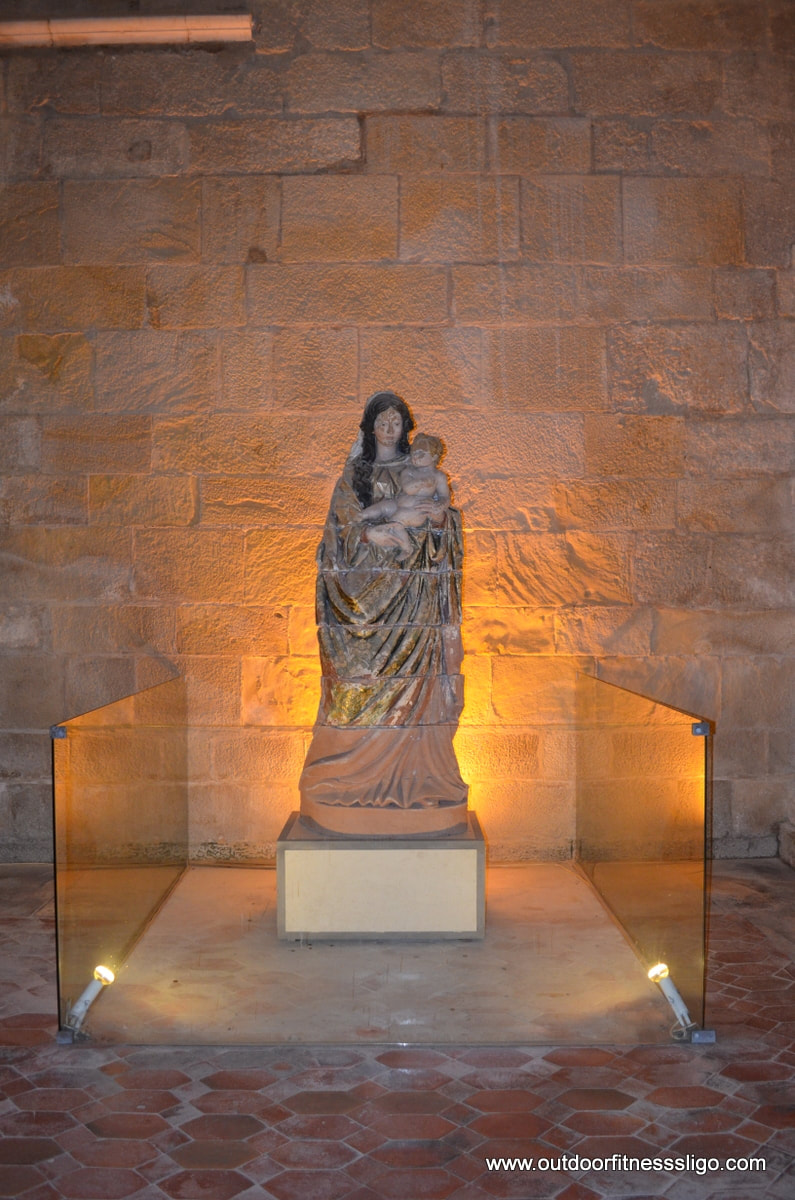
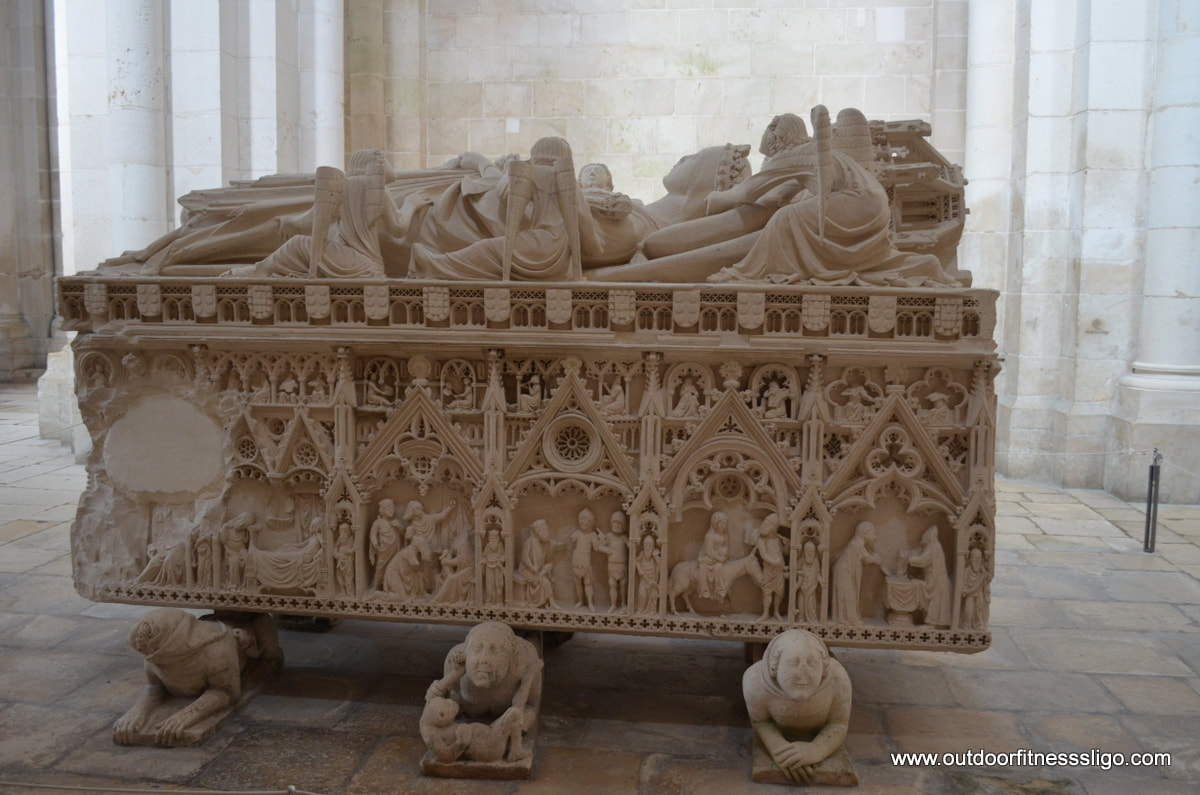
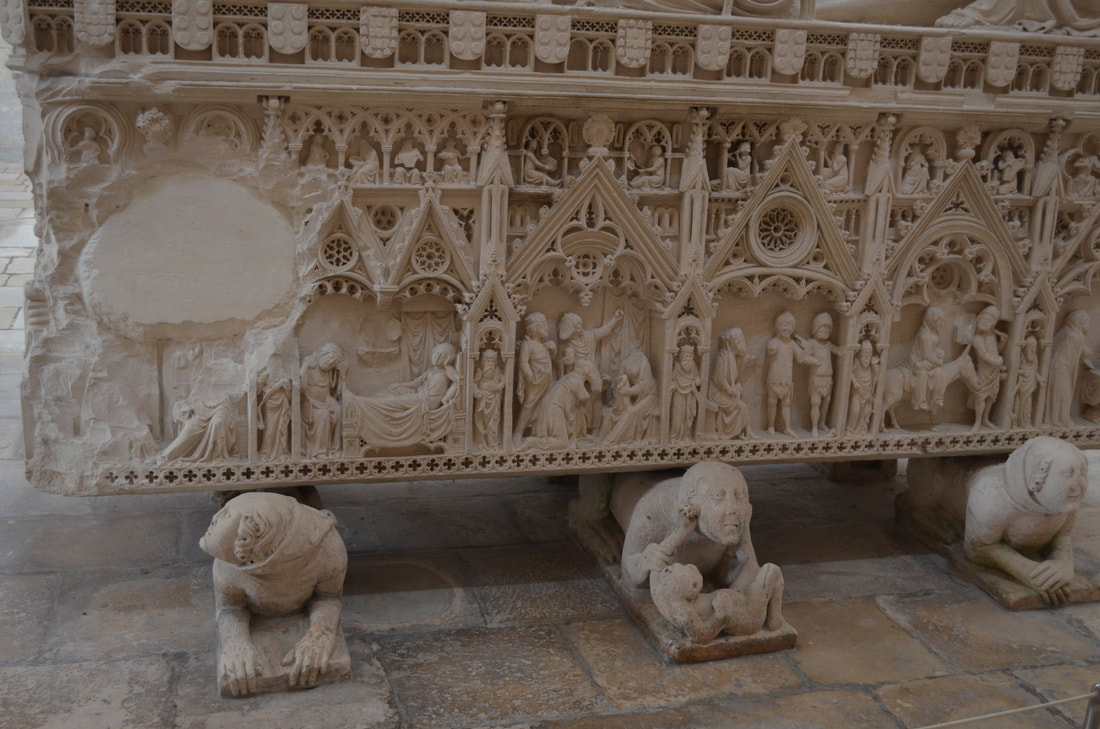
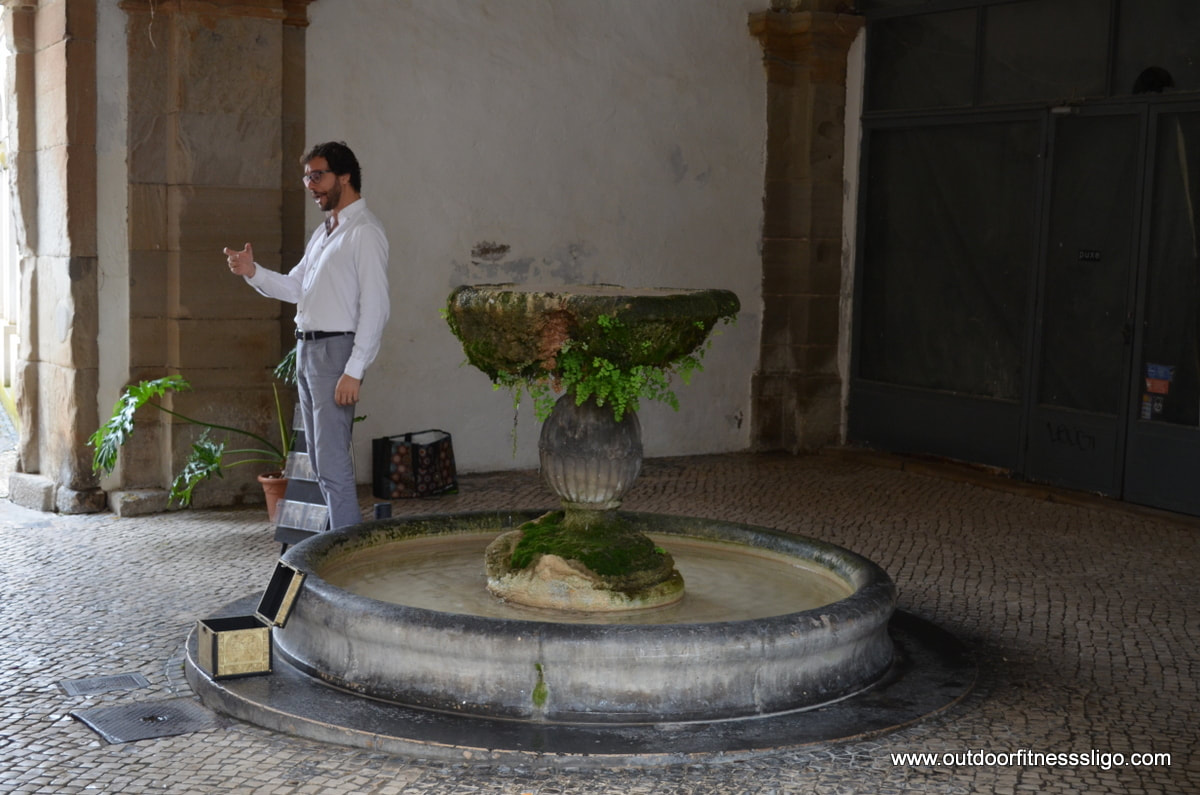
 RSS Feed
RSS Feed
